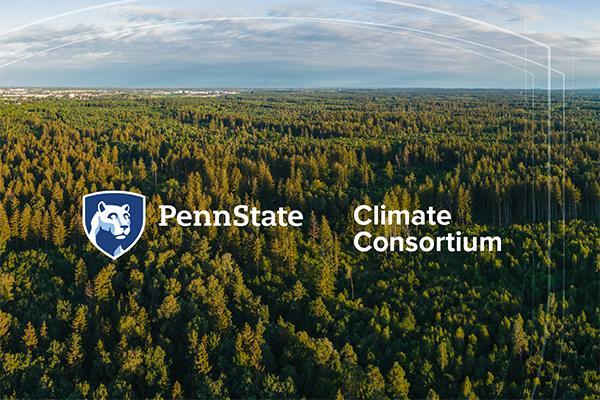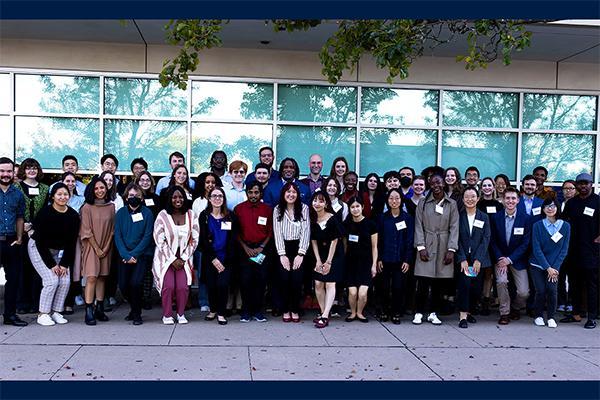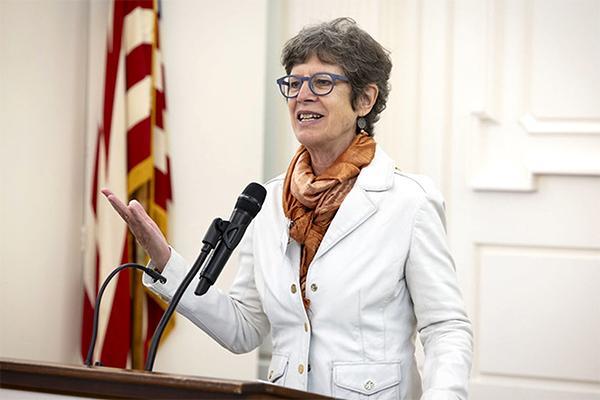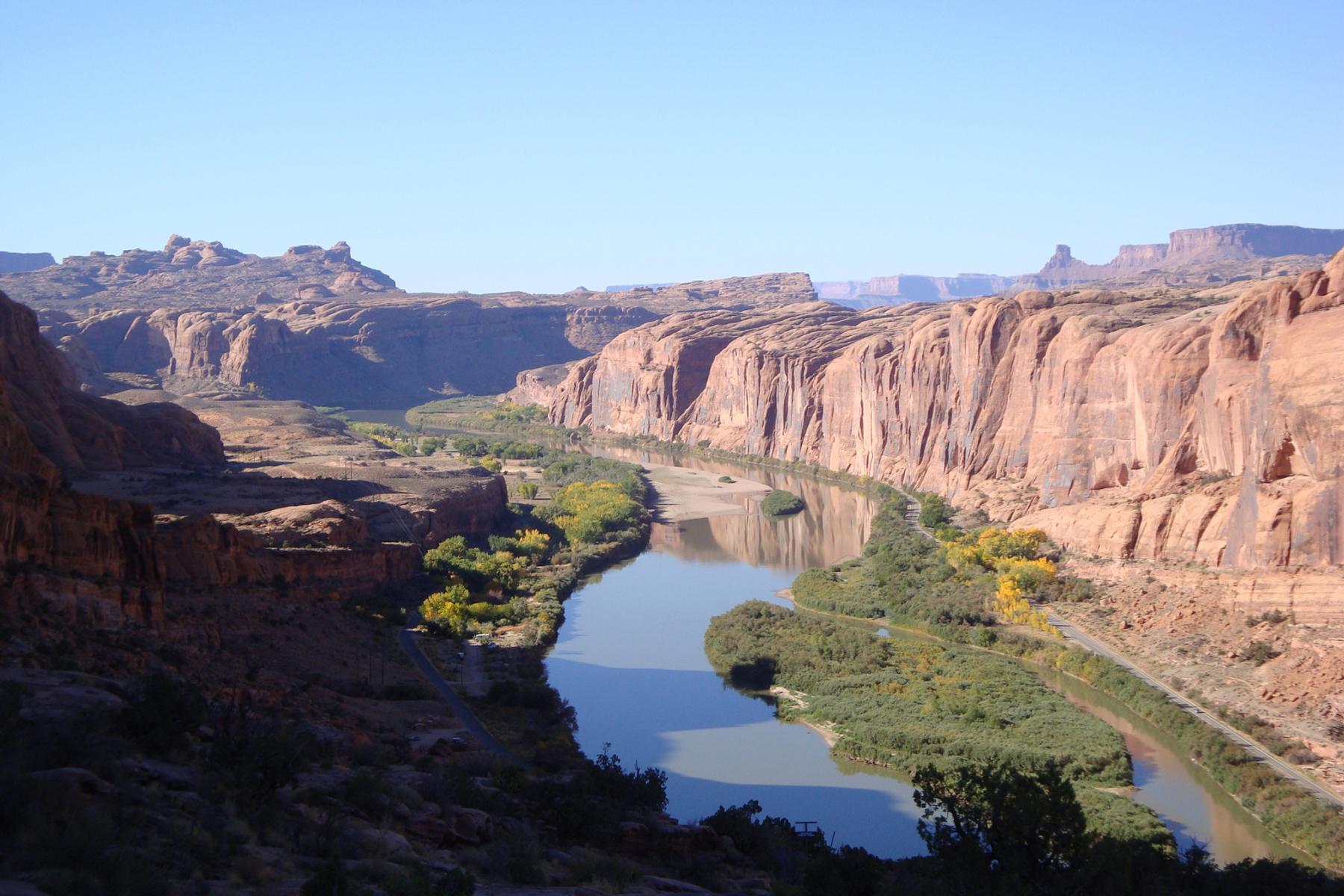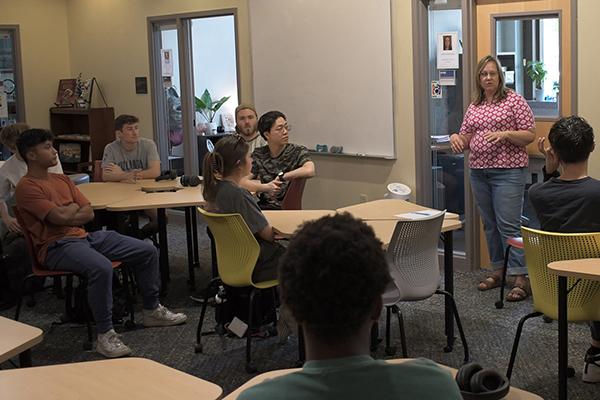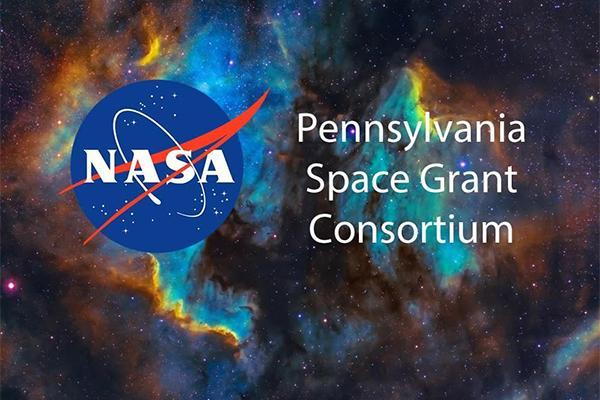Penn State will be sending its second delegation of students and faculty to COP29, the United Nations’ annual climate meeting, which will be held Baku, Azerbaijan in November. In attendance, Olivia DiPrinzio, an undergraduate student in College of Earth and Mineral Sciences (EMS), Department of Geosciences.
The Penn State Climate Consortium has awarded funding to four research projects that look to put promising climate solutions into action through interdisciplinary partnerships.
Tushar Mittal, assistant professor of geosciences in the College of Earth and Mineral Sciences at Penn State, was named a 2024 Packard Fellow by the David and Lucile Packard Foundation. Mittal is among this year’s class that features 20 innovative early-career scientists and engineers, each of whom will receive $875,000 over five years to pursue their research.
Levon Esters, vice provost for graduate education and dean of the Fox Graduate School, with the recipients of the 2024-25 University Graduate Fellowships and Distinguished Graduate Fellowships.
Penn State professor Susan Brantley is one of 11 inductees named a Distinguished Daughter of Pennsylvania for 2024. She was recognized on Sept. 25 at the Distinguished Daughters of Pennsylvania’s annual luncheon held in the Governor's Residence in Harrisburg.
U.S. Fullbright Scholar: Sridhar Anandakrishnan, professor of geosciences, College of Earth and Mineral Sciences; Australia
Polar Earth Observing Network monitoring station that collects GPS and seismic measurements to understand ice sheet behavior.
Water flowing on the Colorado River near Moab, Utah. The Colorado River is a vital source of water in the Western United States, providing drinking water for homes and irrigation for farms in seven states, but the basin is under increasing pressure from climate change and drought. A new computational tool developed by a research team, led by Penn State scientists, may help the region adapt to a complex and uncertain future.
Karen Marosi, director of student engagement in EMS, talks to students participating in the summer MCREU program.
Seventeen graduate students from Penn State have been awarded research fellowships and six undergraduate students from the commonwealth have been awarded scholarships for 2024 from the Pennsylvania Space Grant Consortium. 2024 graduate fellowship recipient: Adam Stone, geosciences.



